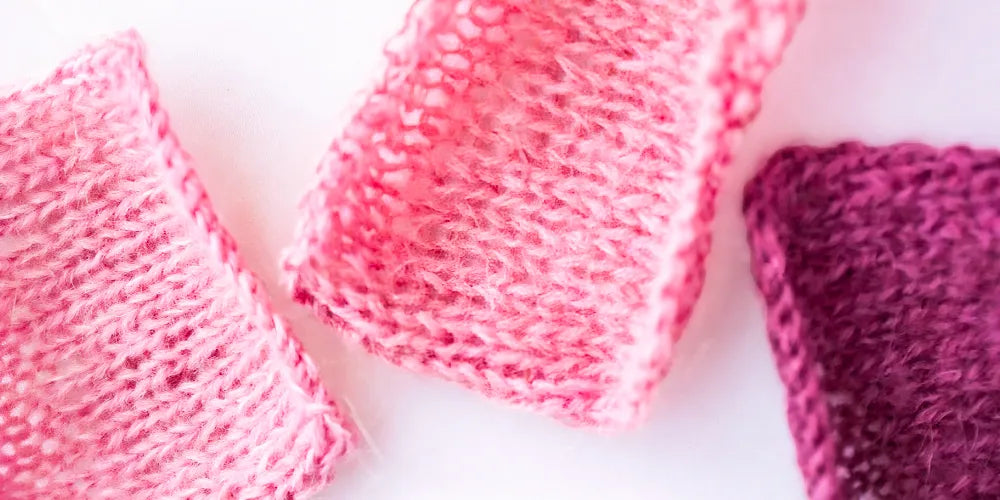
How to Read a Crochet Pattern
Share
We're thrilled you've arrived here to delve deeper into the intricate world of crochet mastery. This guide unfolds in five thoughtfully sequenced sections—from the simplest foundational elements to more intricate techniques—each designed to sharpen your skills through steady, hands-on practice.
The Power of Visual Guides
Illustrations speak a universal language. While written instructions can be dense, visual patterns bridge the gap between beginner uncertainty and confident craftsmanship. These diagrams are built on a standardized set of symbols established by the Craft Yarn Council—each carefully crafted to mirror the shape of the corresponding stitch. Once you grow familiar with them, interpreting patterns becomes intuitive.
Decoding Crochet Charts

Each crochet chart holds a visual shorthand: a symbol-rich map guiding your hands through each motion. These fundamental icons represent essential stitches and abbreviations, allowing you to replicate patterns with precision and rhythm.
Identifying Round Start and End Points
Understanding how rounds begin and conclude is vital for seamless results. Take the classic granny square as a case in point:
- Chain Stitch (CH): Acts as the bridge, lending height and continuity. It initiates layers and connects elements with ease.
- Slip Stitch (SL ST): Closes the loop with finesse. Whether transitioning to the next round or finishing a project, it ensures structural cohesion.
Across nearly every design, you’ll use chain stitches to begin a round and slip stitches to anchor its end.
Pinpointing Stitch Placement
Reading where to insert your hook is just as crucial as choosing the right stitch:
- When a symbol points to a lock stitch, insert into the space created by the chain stitch.
- For standard stitches like SC, HDC, DC, or TR, insert directly beneath the stitch.
- If a cluster of stitches shares a symbol, they enter the same space, forming a textured motif.
A Practical Application
After layering your stitches with confidence, unify your rounds using a slip stitch. Consistent practice with these structured steps will demystify even the most complex patterns.
Explore a few of the beginner-friendly charts on our site and try your hand. Start by locating the origin point of the pattern—often marked by a chain stitch—and trace the symbol path with intent. Watch how each loop, stitch, and turn comes together in harmony.
Wishing you joy and artistry on your crochet journey.

